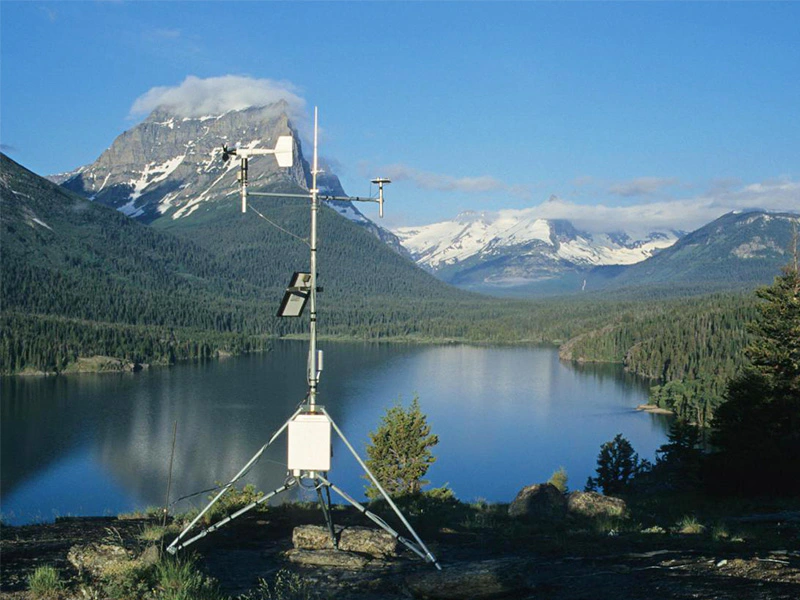Meteorological Station: Definition and Functions

# Meteorological Station: Definition and Functions
## What is a Meteorological Station?
A meteorological station is a facility equipped with instruments and tools designed to observe and record atmospheric conditions. These stations play a crucial role in weather forecasting, climate research, and environmental monitoring. They can be found in various locations, from remote areas to urban centers, and can operate manually or automatically.
## Key Components of a Meteorological Station
A standard meteorological station typically includes several essential instruments:
– Thermometer: Measures air temperature
– Barometer: Records atmospheric pressure
– Hygrometer: Determines humidity levels
– Anemometer: Measures wind speed and direction
– Rain gauge: Tracks precipitation amounts
– Pyranometer: Measures solar radiation
## Functions of Meteorological Stations
Meteorological stations serve multiple important functions:
### Weather Forecasting
The primary function of these stations is to collect data that meteorologists use to predict weather patterns. By analyzing temperature, pressure, humidity, and wind data, forecasters can create accurate weather predictions.
### Climate Monitoring
Long-term data collection helps scientists understand climate patterns and detect climate change. This information is vital for environmental studies and policy-making.
### Agricultural Support
Farmers rely on weather data to make decisions about planting, irrigation, and harvesting. Meteorological stations provide crucial information for agricultural planning.
### Aviation Safety
Airports maintain meteorological stations to monitor conditions that affect flight operations, such as visibility, wind shear, and storm activity.
### Disaster Prevention
Early detection of severe weather conditions like hurricanes, tornadoes, or heavy rainfall can help authorities issue timely warnings and save lives.
## Types of Meteorological Stations
There are several types of meteorological stations:
– Surface stations: Located at ground level
– Upper-air stations: Use balloons or satellites to collect data at higher altitudes
– Marine stations: Positioned on ships or buoys to monitor oceanic conditions
– Automatic weather stations: Operate without human intervention
## The Importance of Meteorological Data
The information gathered by meteorological stations is used by various sectors:
– Transportation industries for route planning
– Energy companies for load forecasting
– Construction firms for project scheduling
– Emergency services for disaster preparedness
– Researchers studying atmospheric phenomena
As technology advances, meteorological stations continue to improve in accuracy and efficiency, providing increasingly valuable data for our understanding of Earth’s atmosphere and weather systems.
Keyword: what is meteorological station
Leave A Comment